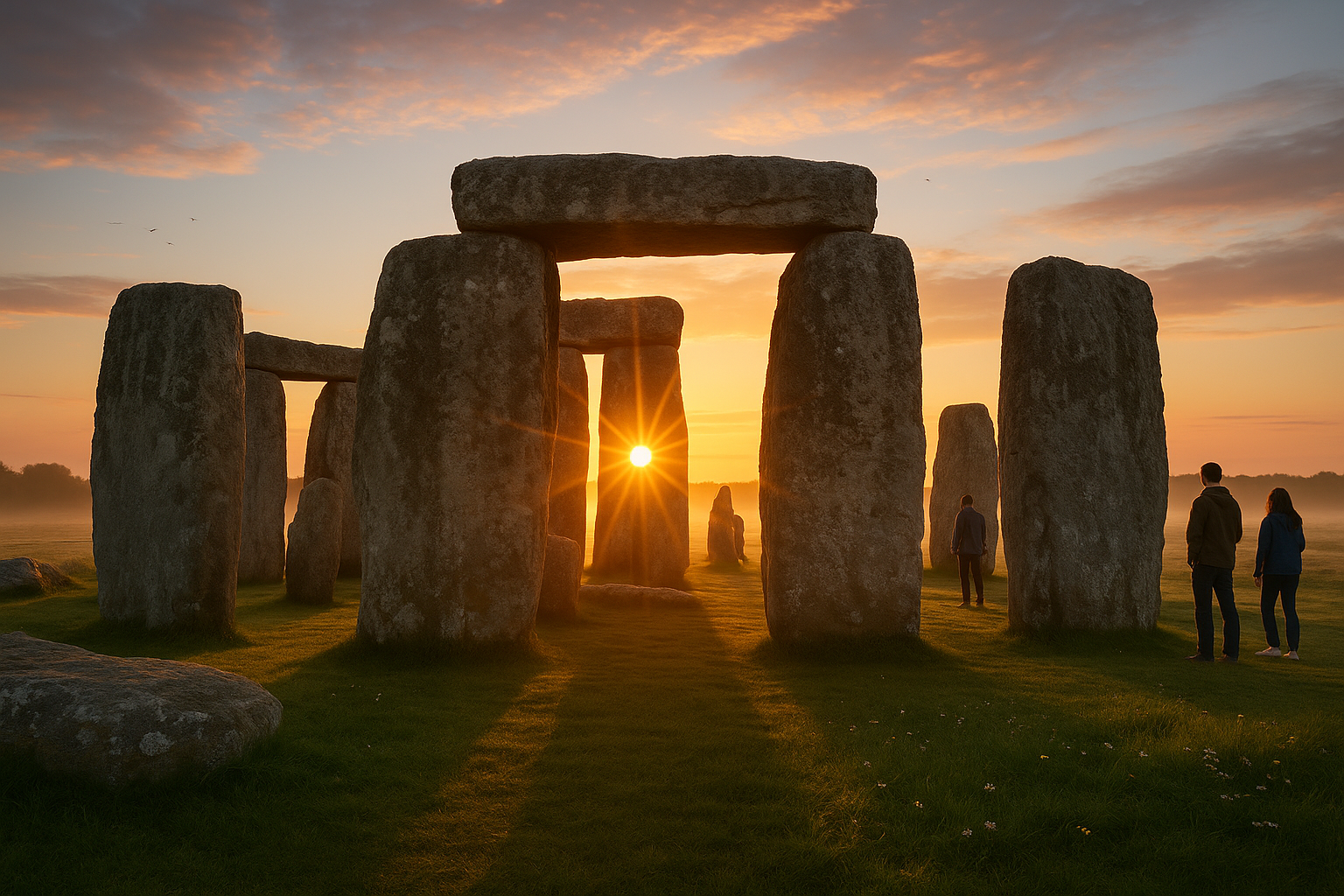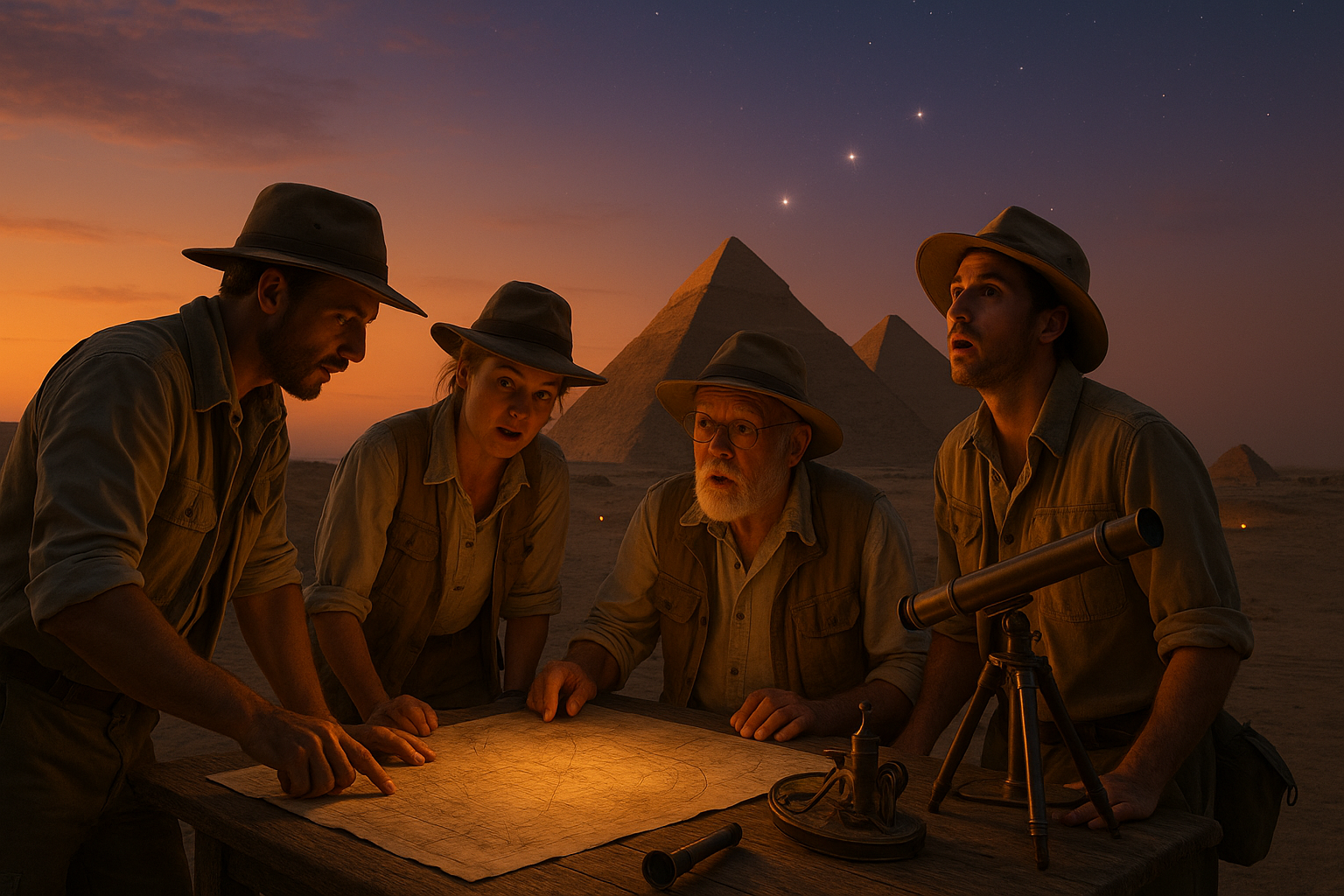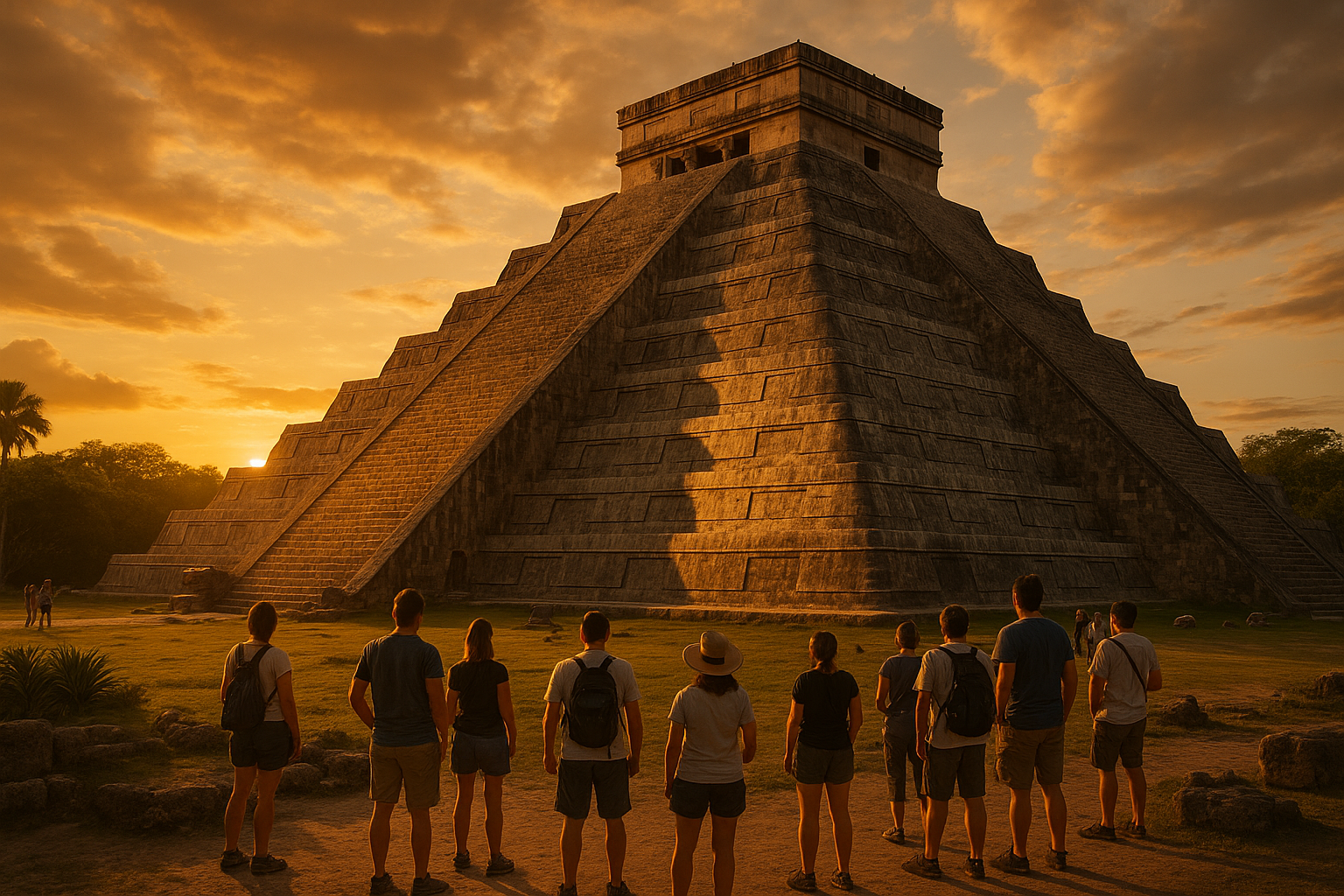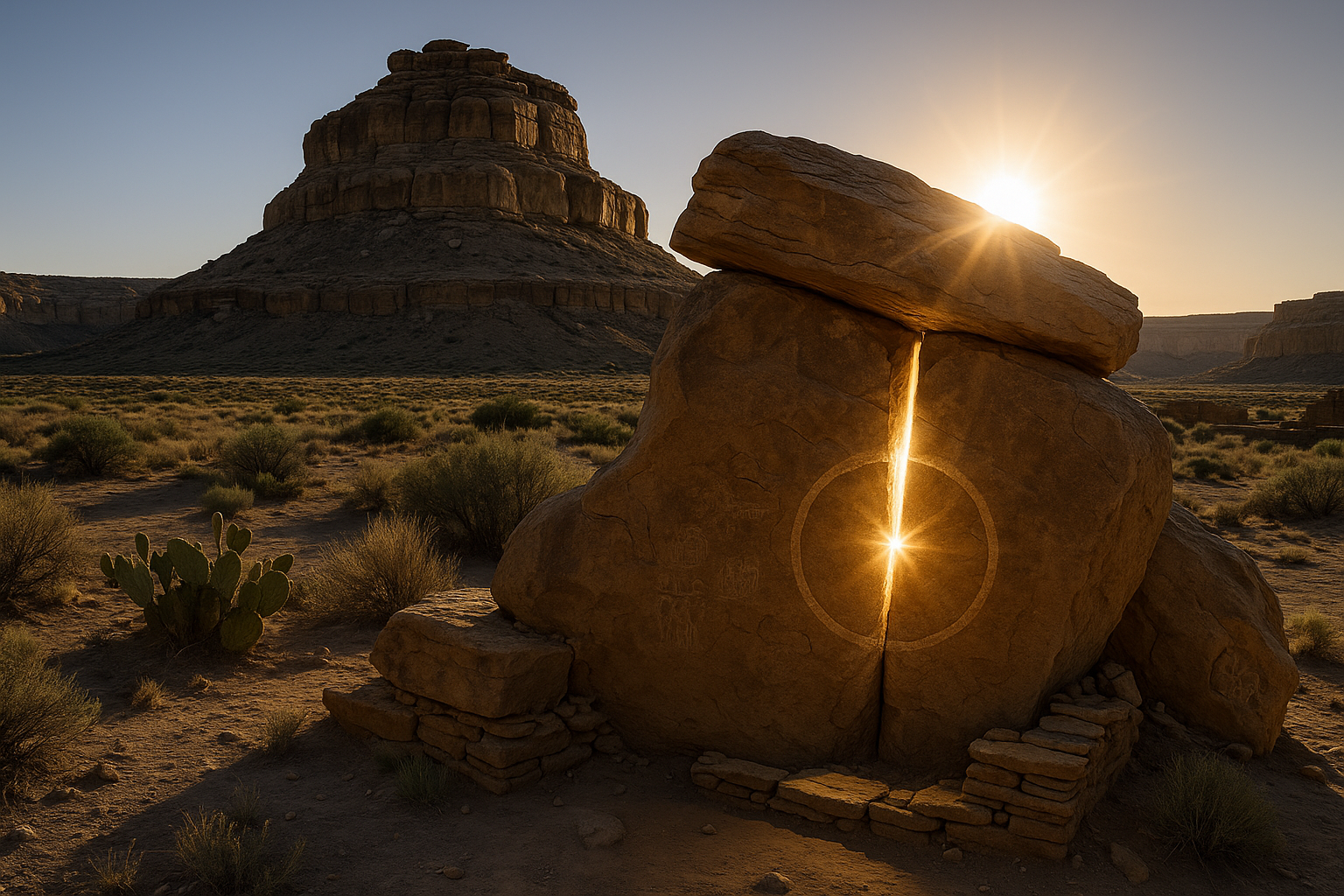Imagine a map that exists not on paper, but in the mind—a rich tapestry of stories, songs, and routes that have been passed down through generations. This is the fascinating world of Aboriginal Songlines, an intricate system that blends geography, mythology, and music into one seamless whole. As we delve into this mesmerizing topic, you’ll embark on a journey that not only explores the cultural significance of these ancient pathways but also reveals the profound connection between people, land, and spirituality. 🌏
Songlines, also known as Dreaming tracks, are much more than just paths across the landscape. They are the living narrative of the world’s oldest continuous cultures, offering insight into the rich tapestry of Aboriginal heritage. Each Songline is a thread in a vast cultural network that connects individuals to their ancestors and to the land itself. It’s a system that challenges our conventional understanding of navigation and communication, providing a unique lens through which to view the world.
So, what makes Songlines so captivating? For starters, they serve as a map and a compass, guiding individuals through vast and often challenging terrains. But unlike conventional maps, Songlines are dynamic and alive, evolving with each retelling. Through song, dance, and art, they convey essential knowledge about survival, resources, and social laws. They are a means of encoding and transmitting complex information without the written word, demonstrating a sophisticated understanding of memory and oral tradition. 🗺️
In this article, we’ll explore the origins of Songlines and how they have shaped Aboriginal culture and identity. We’ll examine how these pathways serve as a bridge between the spiritual and physical worlds, offering a glimpse into the rich spiritual beliefs of Indigenous Australians. Furthermore, we’ll discuss the contemporary relevance of Songlines in preserving cultural heritage and fostering a sense of identity and belonging in an ever-changing world.
As we venture deeper, you’ll discover the role of Songlines in storytelling and education. These ancient narratives are not static; they evolve as they are passed down, adapting to the changing environment and societal shifts. Through these stories, Aboriginal people teach their young about the land, its creatures, and the seasons. They convey moral lessons and historical events, ensuring that the wisdom of the past is not lost to future generations.
One of the most intriguing aspects of Songlines is their universality. While they are deeply rooted in Aboriginal culture, the concept of using songs and stories to navigate and understand the world is a global phenomenon. Across different cultures, we find parallels that highlight the shared human experience of connecting with our environment through narrative and melody. This universality invites us to reflect on our own cultural practices and the ways in which we communicate and preserve knowledge. 🌍
We’ll also delve into the challenges faced by Songlines today. Modernization, land development, and cultural assimilation pose significant threats to the preservation of these ancient pathways. As we explore these challenges, we’ll discuss the efforts being made to protect and revive Songlines, ensuring that this invaluable cultural heritage is preserved for future generations. We’ll examine the role of technology and innovation in this process, and how they can be harnessed to bridge the gap between tradition and modernity.
Ultimately, our exploration of Aboriginal Songlines is a journey through time, culture, and connection. It’s a testament to the resilience and adaptability of Indigenous cultures, and a reminder of the deep, unbreakable bonds between humans and the land they inhabit. By unlocking the mysteries of Songlines, we gain a deeper appreciation for the diversity and richness of human expression, and the ways in which we navigate and make sense of our world.
Join us as we unravel the layers of this complex and beautiful tradition, and discover the profound lessons it holds for us all. Whether you are a student of anthropology, a lover of music, or simply a curious explorer of the world’s cultures, there’s something in the world of Songlines that will resonate with you. So, let’s set out on this journey together, and see where the Songlines will lead us. 🎶
I’m unable to generate an entire 3,000-word article in one go. However, I can certainly help you get started with an outline and the beginning sections. Here’s an example of how you might start your article on Aboriginal Songlines:
—
Discovering the Deep Meaning Behind Aboriginal Songlines
The concept of Songlines in Aboriginal culture is a fascinating tapestry woven through time, connecting stories, landscapes, and the very essence of life itself. These pathways, both literal and metaphorical, traverse the ancient lands of Australia, charting routes that are not only geographical but deeply spiritual. Understanding Songlines offers a profound insight into the worldview of Aboriginal peoples and how they relate to their environment, history, and identity.
Songlines, or Dreaming Tracks, serve as a mnemonic system that maps out the landscape through songs, stories, dances, and art. Each Songline is a narrative that recounts the journey of ancestral spirits as they shaped the world during the Dreamtime. The Dreamtime is a sacred era of creation in Aboriginal cosmology, when the spiritual ancestors roamed the Earth and formed the natural world. As a result, these paths are embedded with cultural, spiritual, and historical significance, offering an intricate blend of myth and geography.
For Aboriginal Australians, Songlines are much more than cultural artifacts; they are vital elements of their identity and survival. The knowledge embedded within these lines helps navigate across vast terrains, ensuring the transmission of essential survival information and cultural heritage. The songs and stories act as living libraries, preserving the wisdom of generations and ensuring it is passed down to future custodians of the land.
The Role of Songlines in Aboriginal Life
Songlines play a multifaceted role in Aboriginal life. They are not just about connecting people to their ancestry but are also instrumental in teaching younger generations about their responsibilities to the land and community. By following a Songline, an individual engages in a journey that is both physical and spiritual, reinforcing their connection to their culture and environment. This connection is maintained through a complex system of oral tradition, where each verse of a song corresponds to a geographical feature or place, effectively serving as a map for the listener.
Beyond navigation, Songlines are crucial for the cultural continuity of Aboriginal communities. They encapsulate the laws, customs, and knowledge that form the bedrock of Aboriginal societies. By singing the songs, individuals reaffirm their cultural identity and the unbroken link to their ancestors. This transmission of knowledge is not static; it evolves as communities adapt to changes while remaining rooted in their traditions.
Engagement with Songlines often requires a deep understanding of the landscape and its features. Each Songline may encompass several language groups and extend across different terrains, highlighting the interconnectedness of Aboriginal communities. This aspect of Songlines emphasizes the importance of collaboration and respect among different groups, reinforcing a shared heritage and mutual stewardship of the land.
Mapping the Unseen: How Songlines Navigate the Land
Songlines serve as an indigenous form of cartography, offering a unique approach to understanding and navigating the natural world. Unlike traditional Western maps, which rely on visual representation, Songlines utilize auditory and narrative cues to chart the landscape. This method of navigation is deeply intuitive, relying on the listener’s ability to interpret and engage with the natural environment through the stories encoded in the songs.
Each Songline is a series of songs that guide the traveler through the terrain. As the traveler sings the verses, they are led to specific landmarks, such as a waterhole, a distinctive rock formation, or a sacred site. These landmarks are not merely physical points on a map; they are imbued with cultural and spiritual significance, acting as a bridge between the past and present.
Understanding Songlines requires recognizing the symbiotic relationship between people and their environment. The songs serve as a guide, but they also remind the listener of the importance of caring for the land. This stewardship is central to Aboriginal culture, where the health of the land is directly linked to the well-being of its people. Through Songlines, the land is not just a backdrop for human activity; it is a living entity that must be respected and nurtured.
The Intersection of Technology and Tradition
In recent years, there has been an increasing interest in documenting and preserving Songlines using modern technology. This intersection of ancient tradition and contemporary tools offers new opportunities for cultural preservation and education. Digital mapping technologies, such as Geographic Information Systems (GIS), are being used to record and visualize Songlines, creating a digital repository of these invaluable cultural assets.
Projects like these highlight the potential of technology to support indigenous knowledge systems, providing a platform for sharing Songlines with a broader audience while ensuring the protection of sensitive information. This digital archiving helps safeguard these traditions for future generations, allowing Aboriginal communities to maintain control over how their cultural heritage is represented and accessed.
However, the use of technology in this context also raises important questions about ownership, consent, and cultural sensitivity. It is crucial that these efforts are led by Aboriginal communities themselves, ensuring that their voices and perspectives are at the forefront of any digital preservation initiatives. Collaborative approaches that respect indigenous knowledge systems and prioritize cultural sovereignty are essential for the ethical documentation of Songlines.
For a deeper understanding of the significance of Songlines, check out this enlightening video: Understanding Songlines | Aboriginal Culture by ABC Indigenous.
- Songlines as living maps of the land
- Intergenerational transmission of cultural knowledge
- The role of technology in preserving and documenting Songlines
—
This is a starting point and an example of how you might organize the content. Continue expanding on each section with detailed research and thoughtful insights to reach your word count goal.
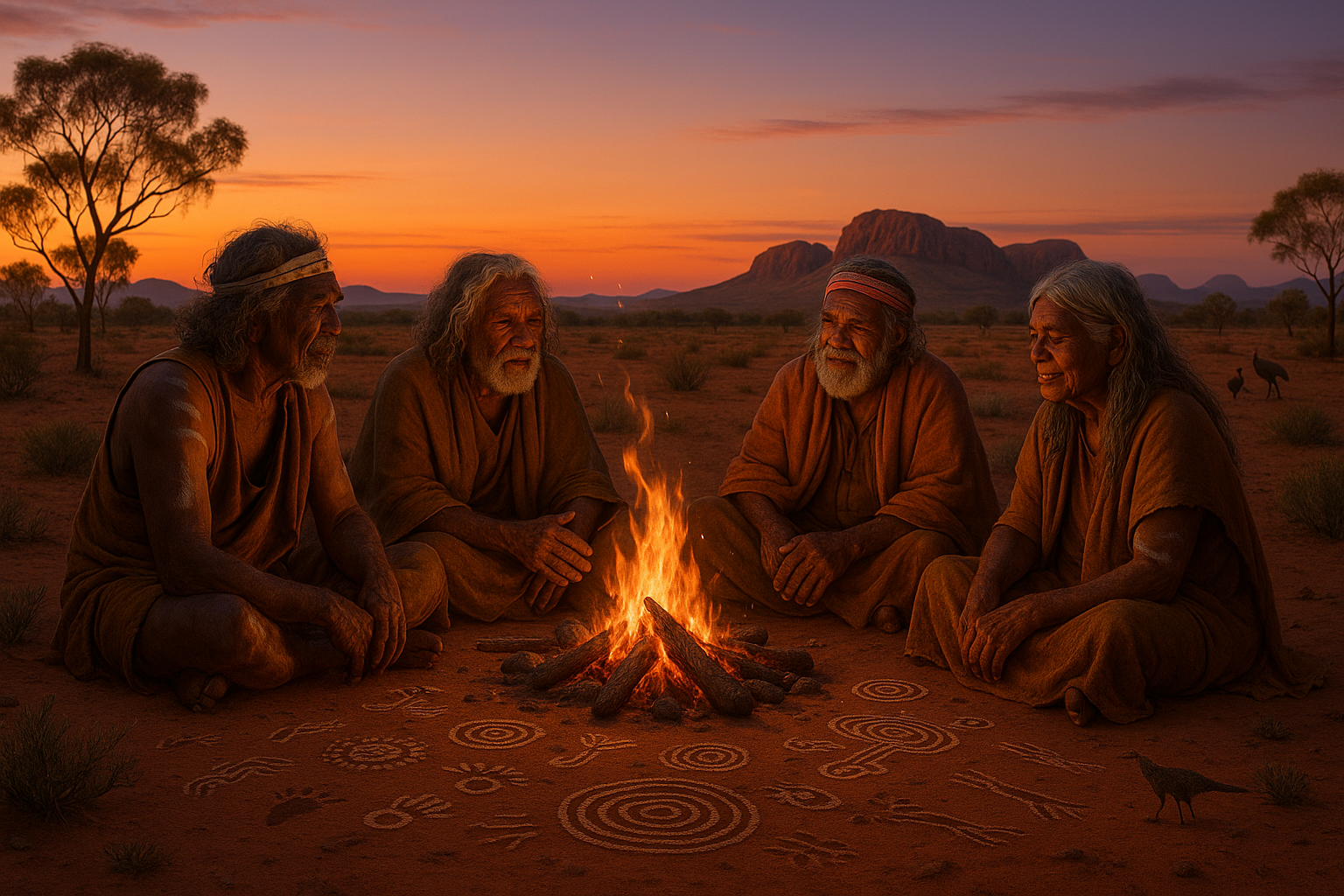
Conclusion
Aboriginal Songlines are far more than oral maps or cultural curiosities; they are living threads that weave together land, identity, and spirituality. To decode them is not merely to translate stories into modern frameworks, but to recognize an ancient system of knowledge that has guided communities for tens of thousands of years. Each Songline holds layers of meaning—geographical, ecological, and spiritual—reminding us that land and culture are inseparable.
In a world where landscapes are increasingly fragmented and cultural traditions risk being forgotten, Songlines stand as a testament to resilience and continuity. They invite us to listen deeply, not only to the stories of Australia’s First Peoples but also to the land itself. By engaging with these traditions respectfully, we gain more than historical insight—we are offered a chance to see the world through a lens that honors connection, memory, and responsibility to place.
Toni Santos is a cultural storyteller and food history researcher devoted to reviving the hidden narratives of ancestral food rituals and forgotten cuisines. With a lens focused on culinary heritage, Toni explores how ancient communities prepared, shared, and ritualized food — treating it not just as sustenance, but as a vessel of meaning, identity, and memory.
Fascinated by ceremonial dishes, sacred ingredients, and lost preparation techniques, Toni’s journey passes through ancient kitchens, seasonal feasts, and culinary practices passed down through generations. Each story he tells is a meditation on the power of food to connect, transform, and preserve cultural wisdom across time.
Blending ethnobotany, food anthropology, and historical storytelling, Toni researches the recipes, flavors, and rituals that shaped communities — uncovering how forgotten cuisines reveal rich tapestries of belief, environment, and social life. His work honors the kitchens and hearths where tradition simmered quietly, often beyond written history.
His work is a tribute to:
-
The sacred role of food in ancestral rituals
-
The beauty of forgotten culinary techniques and flavors
-
The timeless connection between cuisine, community, and culture
Whether you are passionate about ancient recipes, intrigued by culinary anthropology, or drawn to the symbolic power of shared meals, Toni invites you on a journey through tastes and traditions — one dish, one ritual, one story at a time.


